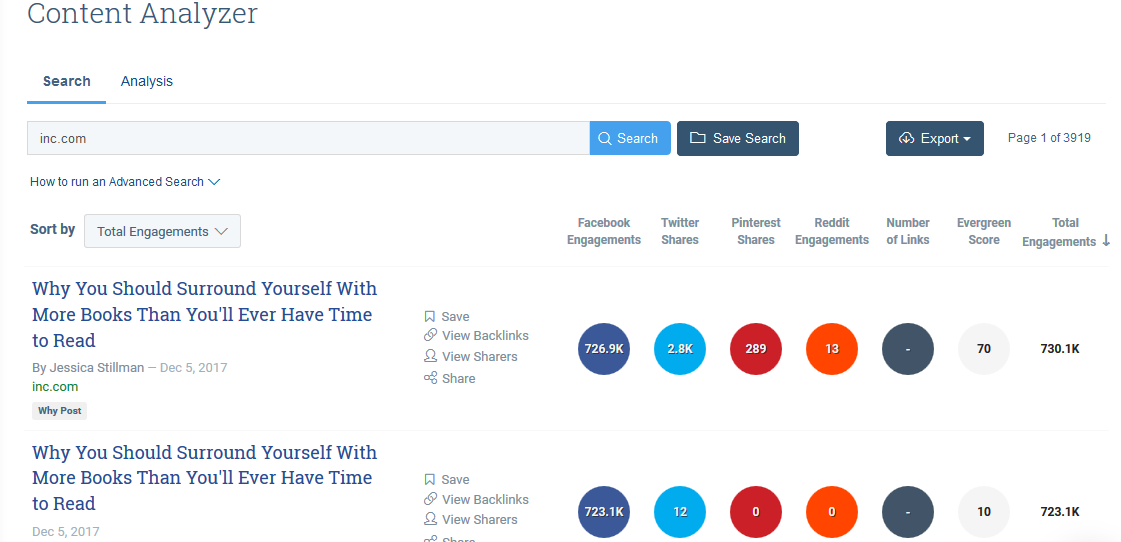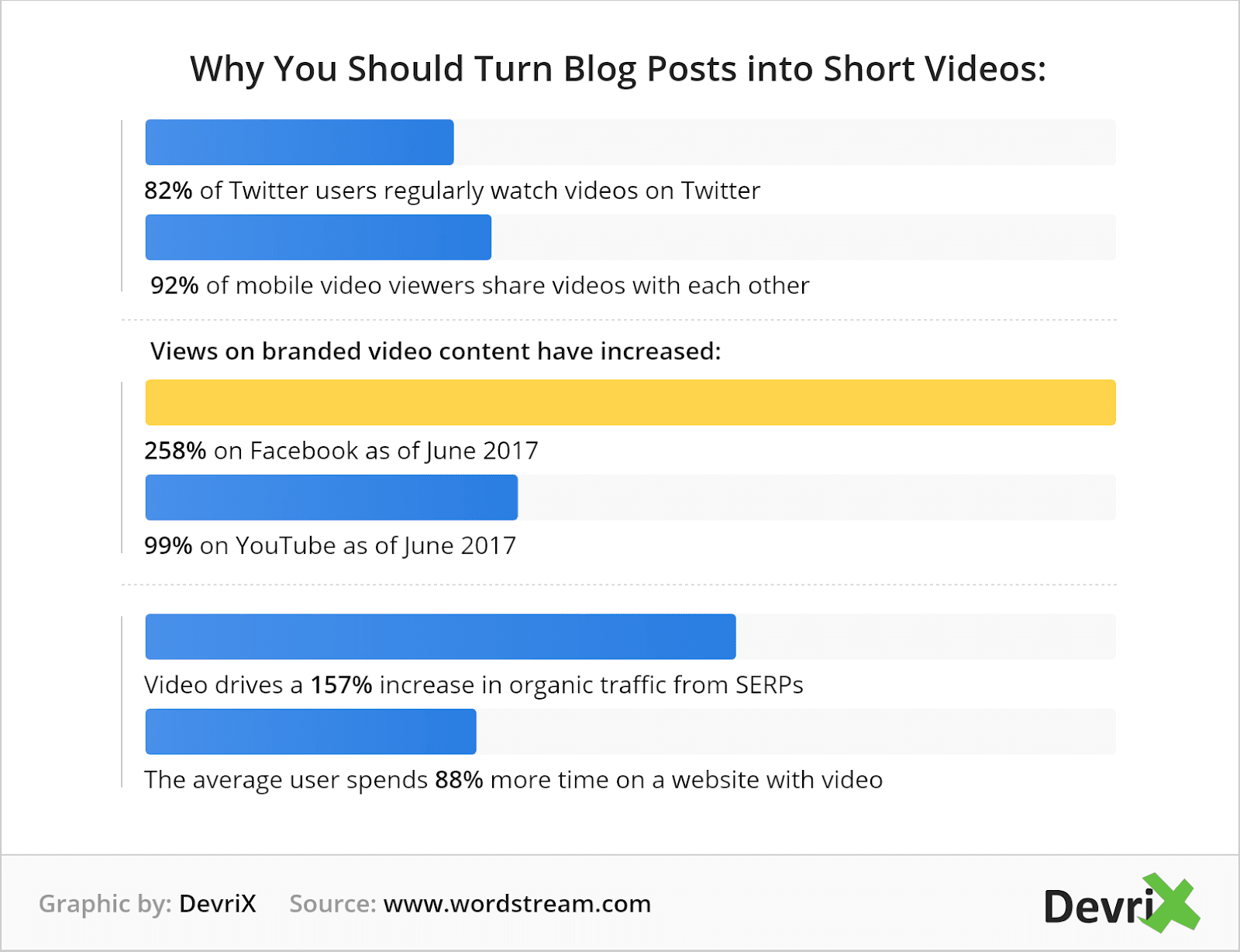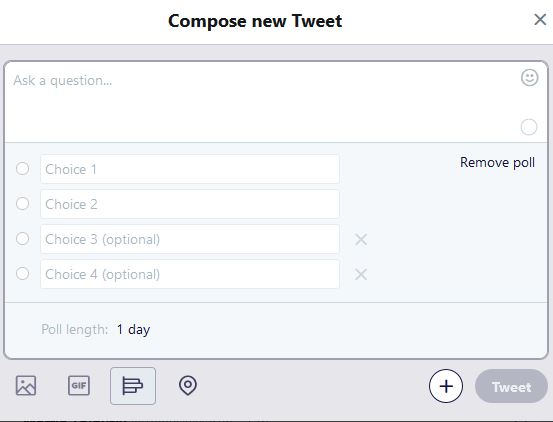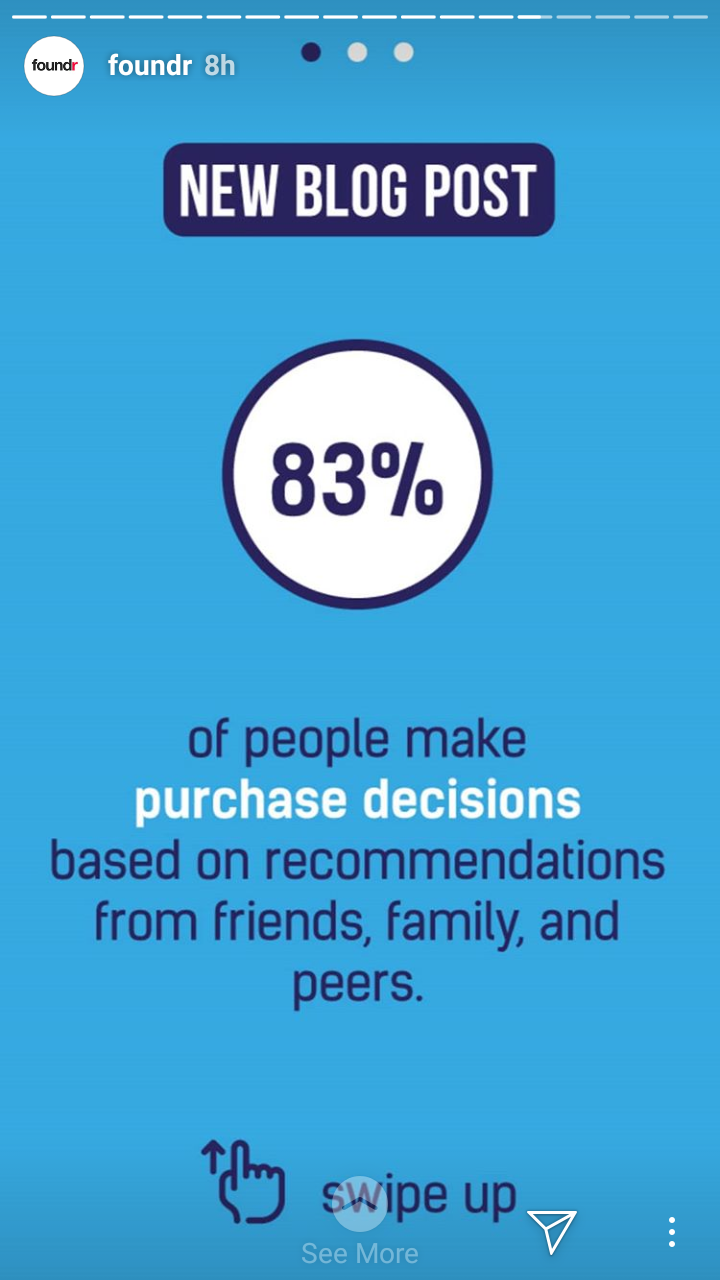Content marketing and social media marketing are two different genres that include different tactics for success. However, the two can be a perfect match, especially when it comes to audience engagement.
Social media became one of the most useful ways to promote your web content. But sharing your links alone on Twitter, LinkedIn or Facebook is no longer enough for content savvy users to give you their attention. You need to know how to adapt your blog content to social media in order to drive more traffic and engagement from these channels.
One of the best ways to do it is by turning blog posts into social media content. In this article, we’ll show you why you need to adjust your articles on social media platforms and the best practices on how to execute this successfully.
Why You Need to Convert Blog Posts into Social Media Content

Turning your blog posts into social media content has its benefits. First of all, by converting your articles into shorter social media updates you’ll successfully merge your blog and social media content. With that, you form the bigger picture of your content strategy instead of separating social media and blog posts without a single touching point.
Having social media content that comes from your blog content can also help you to bring more traffic to your website. You can easily insert a link in your social media posts to invite people to read more or mention something that can only be found in the blog post.
On the plus side, converting blog posts into social media content can inspire you to create new content for social media, which is excellent news for every social media marketer. Sometimes it’s hard to come up with new blog post ideas but, from one blog post alone, you can develop several social media posts ideas.
Turning Your Blog Posts into Social Media Content
Before you implement the following tips, make sure that you don’t spam the users just by inserting a link in your social media post without telling them what’s the link about and why they should click it.
Without further ado, let’s have a look at the following tried-and-true steps and strategies to help you convert blog posts into social media content.
Adding Quote to an Image
Quotes are one of the best ways to connect with your followers on social media. They’re extremely popular content because they’re a digestible, relevant, and highly-shareable content.
Start by making a list of your best articles/blog posts. For the purpose, you can use Google Analytics to see which one of your pages got the most visits or BuzzSumo to see which one of your articles is the most popular.

From each blog post, gather the most valuable nuggets of information and quotes. If your article also includes statistics, statements, or quotes from influencers in the niche, they’re perfect to go along with your social media post.
View this post on Instagram
If you use the strategy on Twitter, or on Facebook, you can insert a shortened URL from the original blog post that will go along with the quoted image so your followers can click on it and learn more.
In 2018, brands become broadcasters. Read all 5 social media trends in our report here: http://ow.ly/zVA730h0VNU
Posted by Hootsuite on Tuesday, December 5, 2017
Turn Blog Posts into Short Videos
Video is the biggest type of content on social media right now, and this will not change in the future either. As a matter of fact, video content will take over up to 80% of the entire internet traffic by 2020. According to Wordstream, currently:
- 82% of Twitter users regularly watch videos on Twitter.
- 92% of mobile video viewers share videos with each other.
- Views on branded video content have increased 258% on Facebook and 99% on YouTube as of June 2017.
- Video drives a 157% increase in organic traffic from SERPs.
- The average user spends 88% more time on a website with video.

Video content is getting a lot of traction and engagement on social media, and you need to use that to your advantage by converting blog posts into videos for social media platforms. You can outline the same information in your video too, but remember to keep it shorter than the time it takes to read the blog post.
Start Live Discussions about the Topic
Have a popular blog post that sparked numerous questions and comments?
Good, then you can take things up a notch by starting a live discussion on about the topic in order to answer additional questions and acquire even more traffic and engagement for your article.
Facebook, Instagram, and Twitter all have the live video option available, and followers always love it when they can participate in a live broadcast, Q&A, or a discussion that is happening is happening in real-time in front of them.
Buffer does a great job at this by analyzing some of their most successful topics with a Facebook live discussion where they dissect the topic even further with subject matter experts from their team and engage with the audience in the comments.
Deliver Information with Infographics

5,000 words articles are not exactly the most shareable content on social media. Today, people want to receive and digest the information faster than the time it takes to read a long article.
Infographics are excellent for social media platforms, in fact, they’re shared about three times more than any other type of content. You can start adapting your blog posts into infographics by choosing your most data and value-packed posts that explain a process, steps, or uncovers information from a case study or research.
You can then share the image on your social media accounts or share the link from your infographic post with a brief introduction to your social media post.
Share Snippets
Facebook and LinkedIn are two social media platforms where you can share long-form copy that is similar to your original blog post. Such an introduction of a longer article has the power to make people interested in reading even more. In fact, you can also paste your original blog post in the form of a Facebook Instant article or on LinkedIn Pulse as a part of your blog.
Instagram still doesn’t allow you to include a link directly in your post, but if you grow your account to an authoritative level, it allows one in your Stories where you can include an introductory video or a visual in your story.
As an alternative for Instagram Stories, you can always post a snippet along with your image post and direct the users to read more in the link of your bio.
Allow Tweetable Snippets from Your Blog Post
One of the most effortless ways to merge your blog and social media content is to provide opportunities for readers to share tweetable snippets from your article. These are smaller pieces of content that are within the Twitter character limitations.
As an example, we can look at Invision App’s blog content. They cite every important line in their articles and provide the chance for readers to tweet something that is interesting to them.
If you use WordPress as your CMS, you can allow tweetable snippets with the help of Click-To-Tweet plugin, a tool that is easy to use. You just need to install it, navigate to the place in your article where you want to put the quote and add the shortcode that will be provided by the plugin.
Use Instagram for Multi-Step Visual Storytelling
If you can tell a lot about a blog post with one image and a snippet, imagine how much you can tell with 10 images? You can use Instagram’s multi-image option to tell the story from your article and provide an entire step-by-step preview without/with linking back to the original blog post.
View this post on Instagram
Conduct Polls on the Blog Post Topic
Polls are an excellent way to develop a discussion about your blog topic and convince your followers to participate. In fact, they can increase your web traffic by up to 20%.
Twitter is the ideal platform for polls if you want to learn more about what your followers think about the article, the story, or just to collect some data for your future blog posts.
If you’re a new follower, welcome!  What type of content are you most interested in from us?
— HubSpot (@HubSpot) September 19, 2018
To create a poll, go to the Tweet button on your account and select Add Poll. Write down your question and include up to four choices that your followers can select as their answer to the poll. You can also set the time of the poll and when it will end.

After that, you can use the data and include it in your next blog post or you can start developing ideas for future articles based on your audience’s answers.
Wrapping Up
By now you’ve probably realized that turning blog posts into social media content can increase your social media engagement and bring more traffic to your website at the same time.
Converting articles into social media content may not be easy, but it will definitely be rewarding in the long run for both your content and your social media strategies. Especially if you learn how to adapt your blog posts to your social media channels.
Don’t forget to retain the value of the blog post. Always inspire and educate your followers with your social media updates.






